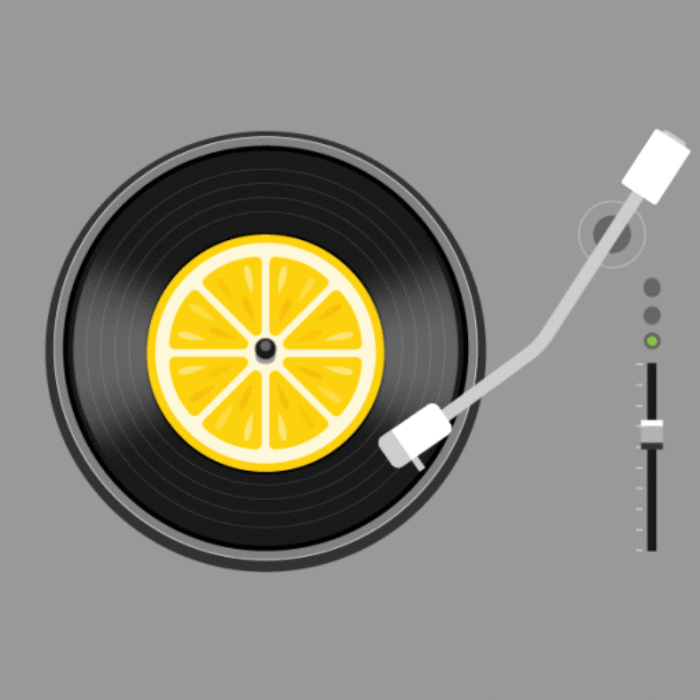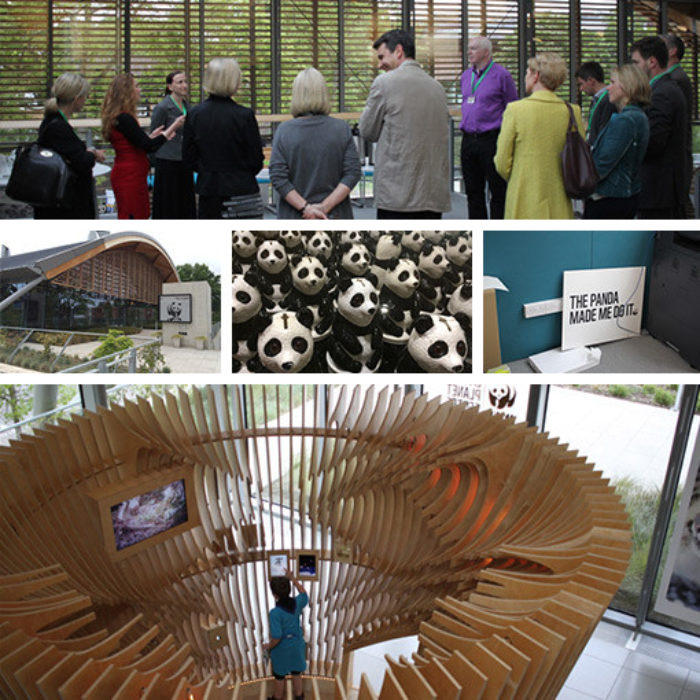Designing out complexity
Many employee and stakeholder-focused messages, especially those that share organisational strategy or encourage people to embrace preferred behaviours, can feel inherently complex and challenging to get across in a simple way. Yet, even the most multifaceted message can be effectively delivered in an engaging and memorable manner by taking a considered approach, and making smart content and design decisions along the way.
Get to the heart of the message
To share difficult concepts simply and with clarity, you start by getting right to the heart of the message. What’s the core idea that expands understanding, drives the need for change, or shapes desired behaviours?
Insight is essential
Once you have this, consider what design and messaging concept and style best fits the needs of the audience, the client and the budget. Insight is essential. Design for design’s sake is seldom as impactful as a creative solution that respects and reflects genuine audience understanding. Only then can you begin to help people get to where you need them to be.
Get creative!
Then you create. By all means let your imagination run free, but keep at least one eye on the core goal, and how your simple message and look-and-feel supports its delivery. Once you’ve discovered a compelling way to communicate your insight-driven concept, the hard work has only just begun.
Arriving at the perfect embodiment of the core idea – the one that will connect the audience with the message and have the most impact – is a reductive process. Whether you’re using infographics to articulate a complex strategy, crafting a punchy and compelling narrative to inspire employees around an organisation’s journey, or imagining a campaign to drive change amongst employees or customers, the process is the same: take your rough template and refine and streamline it, strip away until you get to the simplest, most powerful solution.
Less but better
Follow the watchwords of celebrated industrial designer Dieter Rams, ‘less but better’.
In this way you arrive at a seemingly simple solution to the communications challenge. Of course, that clarity does a good job of masking the effort that went into getting there. Here are a few examples of how we’ve used insight-driven design and messaging to simplify complex concepts.
WWF: Critical Contributions
WWF needed a simple, transferrable visual solution to help its national offices define their strengths and challenges, and maximise the fundraising and ecological impacts of their activities. We developed a beautifully simple design style that enabled each country to tell its story by expressing reams of complex data through species silhouettes, striking photography, headline statistics and eye-catching infographics. Read more on this case study here.
Water UK: Open Water
To help industry body Water UK engage more than a million small businesses in England around the opening up of the water retail market, we created a very simple, yet distinctive and flexible campaign look-and-feel. To ensure the best bang for buck, we then flexed this core design style to fit a range of specialised online media channels. Read more on this case study here.
tRIIO

tRIIO, a joint venture to maintain and upgrade the National Grid’s gas network, wanted to help colleagues in its different businesses unify as a single team. We solved this communications challenge with a series of beautifully crafted infographics that provided a simple yet powerful interpretation of the tRIIO vision, its future opportunities, and the benefits of working towards a common goal. Read more on this case study here.
To get help simplifying your complex communications challenges, contact us.



